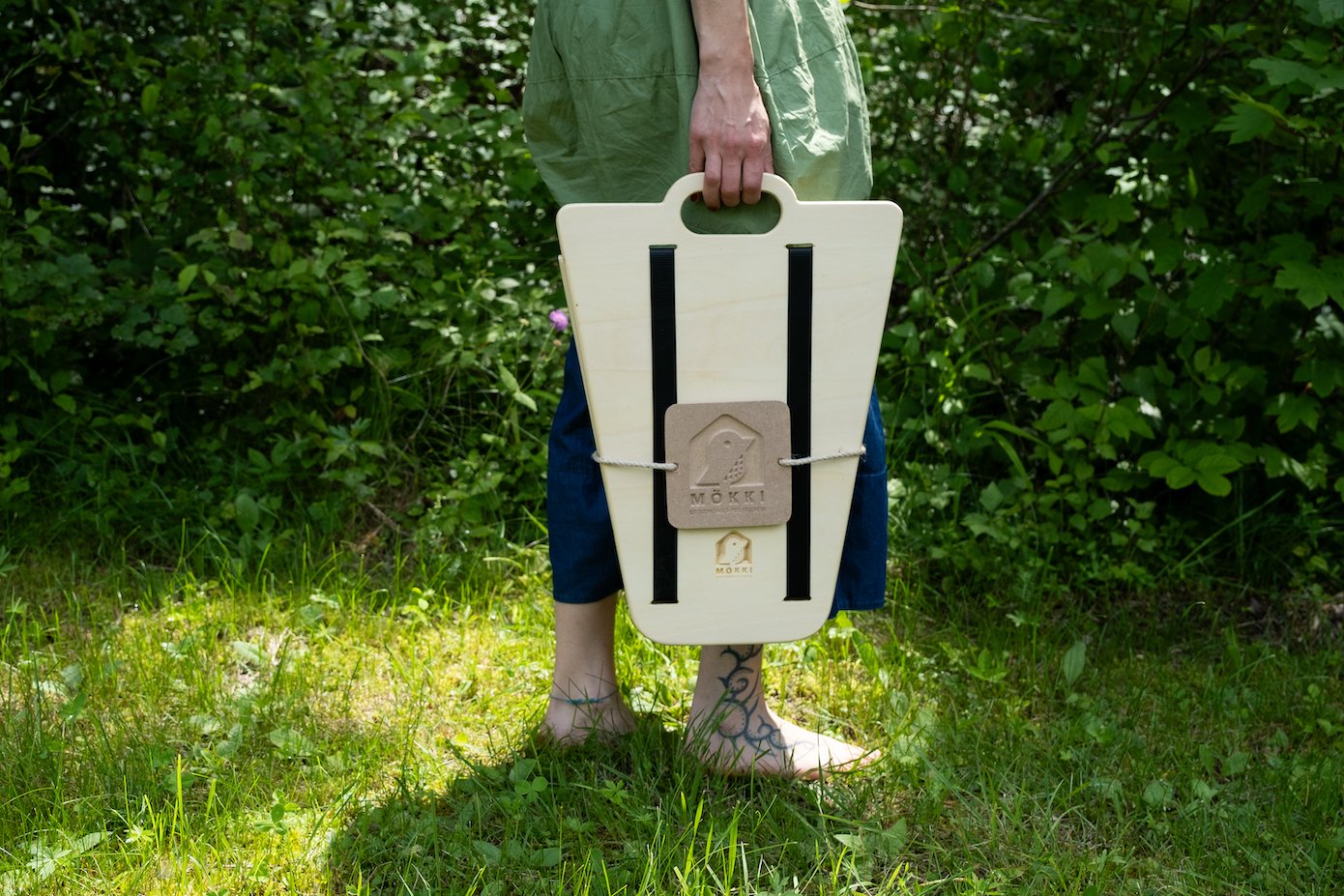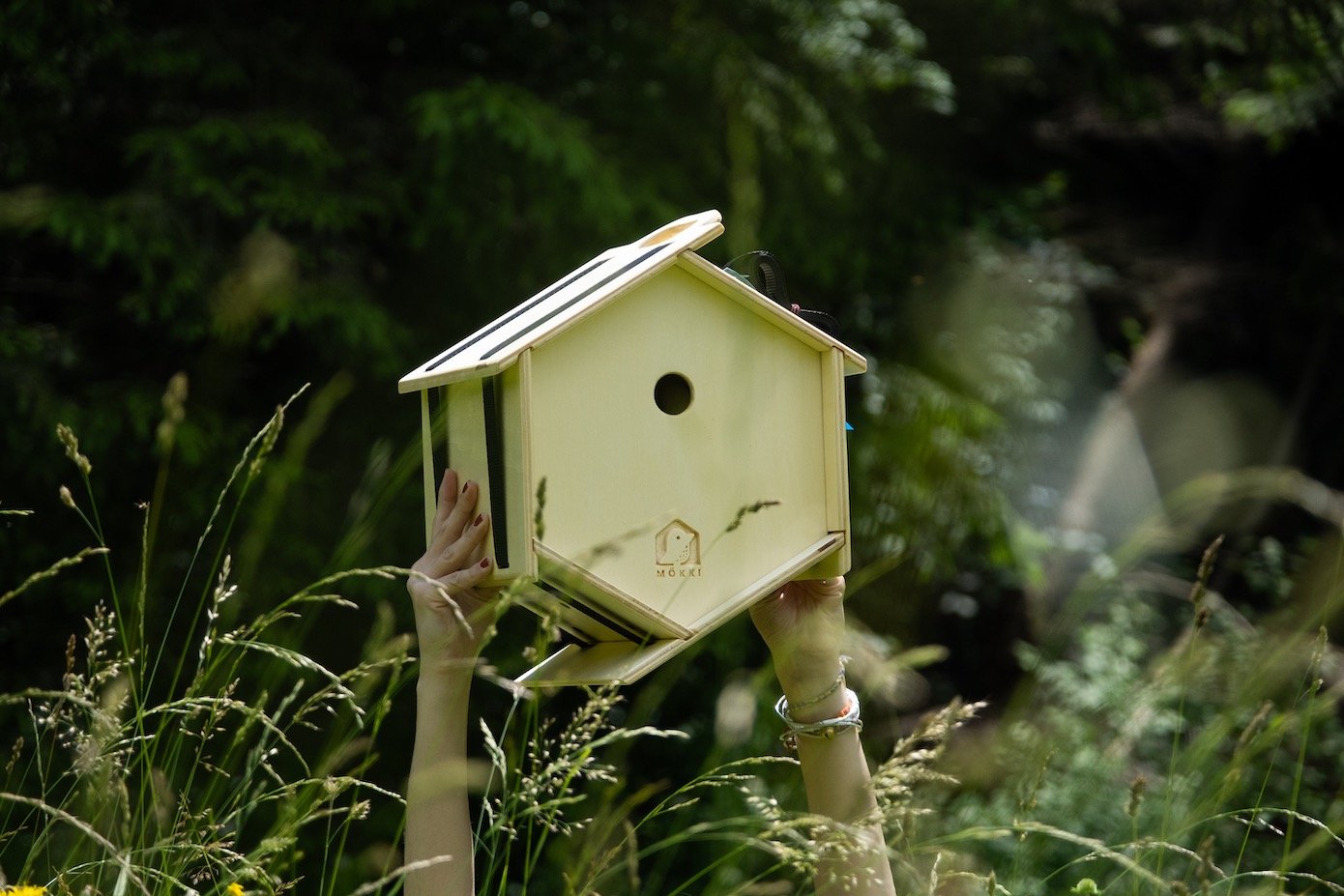Edit Content
CREATE YOUR OWN BIODIVERSE GARDEN TODAY!
Subscribe to our newsletter and download our comprehensive guide to start fostering a garden that supports local ecosystems and enriches your personal well-being.
Subscribe to our newsletter and download our comprehensive guide to start fostering a garden that supports local ecosystems and enriches your personal well-being.
Gardens and green spaces play a crucial role in promoting biodiversity and creating habitats for local flora and fauna. By designing and maintaining these areas with a focus on native species, you can support a wide range of wildlife, improve ecosystem health, and enhance the beauty of your surroundings.
In this comprehensive guide, we will explore how to create gardens that encourage local biodiversity, offering step-by-step instructions and valuable tips to help you transform your outdoor space into a thriving, wildlife-friendly environment.
Gardens and green spaces play a crucial role in promoting biodiversity and creating habitats for local flora and fauna. By designing and maintaining these areas with a focus on native species, you can support a wide range of wildlife, improve ecosystem health, and enhance the beauty of your surroundings.
In this comprehensive guide, we will explore how to create gardens that encourage local biodiversity, offering step-by-step instructions and valuable tips to help you transform your outdoor space into a thriving, wildlife-friendly environment.

“Every garden has the potential to become a vibrant, biodiverse habitat that supports local wildlife and enriches our lives”.
– Cris Tumedei and Andrea Pregl (Ulap design)
ASSESS YOUR SPACE
PLAN YOUR GARDEN
PREPARE THE SOIL
PLANTING AND LAYOUT
INCORPORATE WATER FEATURES
CREATE SHELTER AND NESTING SITES
MAINTAIN YOUR GARDEN
“Gardening is a way of showing that you believe in tomorrow”.
– Audrey Hepburn
WATERING
SOIL CARE
PLANT HEALTH
WILDLIFE HABITAT
SEASONAL CARE
“A garden is a grand teacher. It teaches patience and careful watchfulness; it teaches industry and thrift; above all, it teaches entire trust”.
– Gertrude Jekyll
“The greatest fine art of the future will be the making of a comfortable living from a small piece of land”.
– Abraham Lincoln
Creating and maintaining a biodiverse garden is a rewarding endeavor that benefits both the environment and your well-being. By following these guidelines and incorporating native plants, water features, and wildlife habitats, you can transform your garden or green space into a sanctuary for local flora and fauna. Not only will you enjoy a beautiful and dynamic outdoor space, but you will also contribute to the health and resilience of your local ecosystem.
Happy gardening!

By following these guidelines and implementing the suggestions in your garden, you can make a significant impact on local biodiversity and enjoy the many benefits of a healthy, vibrant garden.
Have questions or need assistance? We’re here to help. Contact us through our form, email, or social media channels.
Don’t miss our future updates! Sign up today to receive news, guides and free resources to protect biodiversity.
Ulap s.r.l.s.
via G. Cis, 4 – 38067 Ledro (TN) – Italy
+39 0464 1850693 | hello@ulapdesign.com
COPYRIGHT ©2024-2025 ULAP S.R.L.S. | ALL RIGHTS RESERVED